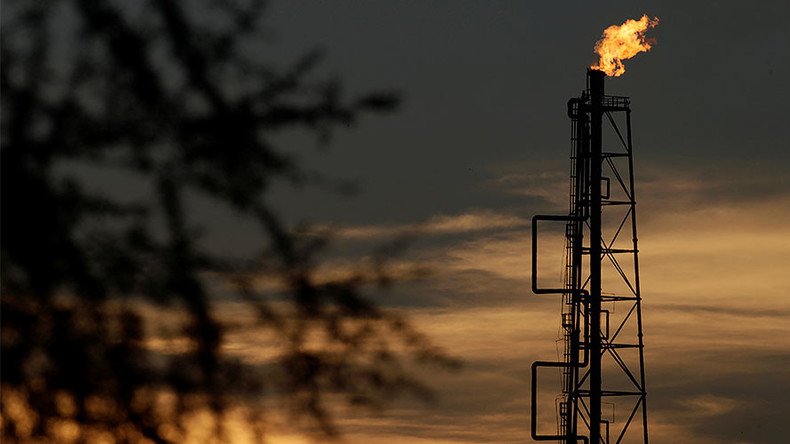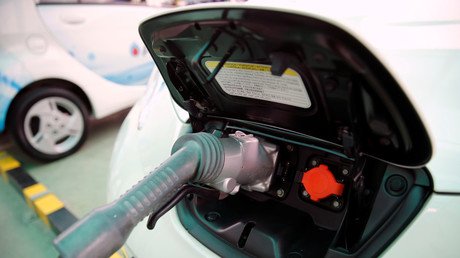France's Engie warns of $10 oil

Crude prices could plunge as low as $10 per barrel within a decade as a result of five energy “tsunamis,” according to Thierry Lepercq, innovation chief for French energy company Engie.
In an interview with Bloomberg in December, he said falling costs of solar power and battery storage, increasing sales of electric vehicles, increasingly “smart” buildings and cheap hydrogen will all weigh on crude.
“Even if oil demand continues to climb until 2025, its price could drop to $10 if markets anticipate a significant fall in demand,” said Lepercq.
READ MORE:Oil deficit will hit in 2017 – ex-Saudi Aramco VP
After a decade of acquisitions, the former French gas monopoly Engie has become the world’s largest non-state power producer.
It is now investing in renewables while selling coal-fired plants and exploration assets. By 2018 the company plans to spend $1.57 billion on technologies including grid-scale battery storage, hydrogen output, “mini-grids” that serve small clusters of homes, and smart buildings that link up the heating, lighting and IT systems to save energy and cut costs.
Lepercq said the cost of solar power would probably drop below $10 per megawatt-hour before 2025 in the world’s sunniest places, turning it into the cheapest source of electricity. With the falling costs of battery storage, solar will become even more competitive which means electric vehicles could challenge traditional passenger vehicles.
Oil prices surge after #OPEC reaches first supply deal in 8 years: https://t.co/iZXFbUzNUrpic.twitter.com/bMtZOQlLKe
— RT (@RT_com) November 30, 2016
“As carmakers offer more electrical vehicles with a range exceeding 500 kilometers, charging stations being progressively deployed and more cities banning gasoline and diesel cars, a shift will gradually take place,” said Lepercq.
Data from the International Energy Agency shows the number of battery and plug-in vehicles around the world has surged to one million cars.
According to Lepercq, in less than 10 years hydrogen which can turn solar power into transportable fuel may be as cheap as LNG.
#BRICS bank approves first loans, $811mn investment in renewable energy projects https://t.co/yXuFkInd37pic.twitter.com/VWCcmtKL7K
— RT (@RT_com) April 16, 2016
“Solar, battery storage, electrical and hydrogen vehicles, and connected devices are in a ‘J’ curve. Hydrogen is the missing link in a 100 percent renewable-energy system, but technological bricks already exist.”
Engie has recently conducted a “very deep modeling” of the French Provence-Alpes-Cote d’Azur region. The results showed the region with five million inhabitants could run entirely on renewables by 2030 for as much as 20 percent less cost than the current energy system. Solar, wind, biogas, large-scale battery storage and hydrogen would be essential elements.
“The promise of quasi-infinite and free energy is here,” said Lepercq.













